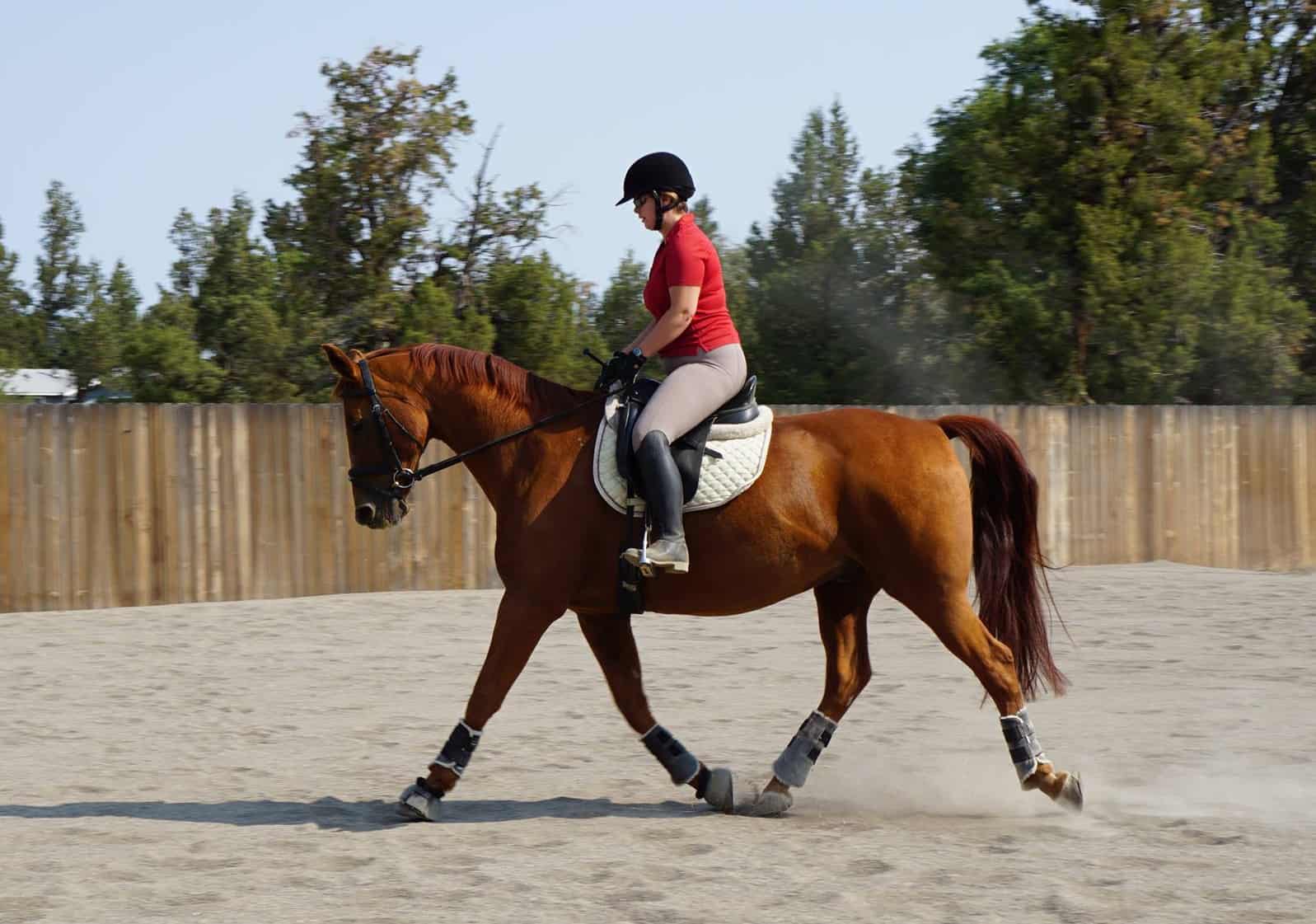Treating Soft Tissue Injuries in Racehorses
Horses’ tendons and ligaments, soft tissues structures connecting muscles to bone and bone to bone, facilitate a variety of athletic feats. Because these structures function close to their load limits, horses—especially racehorses and performance horses under work stress–are at risk for injury, or re-injury after rehabilitation. Veterinarians now have more treatment options than ever for these injuries; however, controversy lies in what current options are best for recovery.
Scott Palmer, VMD, Dipl. ABVP, addressed these challenges in treating and rehabilitating tendon and ligament injuries at the 2013 American Association of Equine Practitioners’ (AAEP) Convention, held Dec. 7-11 in Nashville, Tenn. For the first time, the convention included a session featuring lectures from the organization’s past presidents, who covered controversial horse industry topics. Palmer, who served as AAEP president in 2005, is the hospital director and staff surgeon at the New Jersey Equine Clinic, in Millstone Township, and currently serves on the AAEP Racing Committee.
Palmer opened his presentation by describing three phases of tendon and ligament healing:
- The inflammatory phase, which lasts approximately seven to 10 days occurring immediately after injury and is characterized by heat, swelling, and pain;
- The proliferative phase, which lasts 10 to 21 days: “During this phase, capillary ingrowth occurs, along with the appearance of cells that manufacture ground substance and collagen,” he explained; essentially, cells appropriate for healing tendon and ligament begin to regenerate tissue; and
- The remodeling phase, which begins at 14 to 21 days and lasts up to a year, in which newly generated tissue is remodeled in response to applied load.
In the past, equine veterinarians treated soft-tissue injuries by cold-hosing the affected area and administering phenylbutazone to reduce inflammation, followed by counterirritation (such as chemical blistering or thermal pinfiring) to increase circulation. With limited ability to monitor healing, veterinarians using these treatments often cleared horses for work only to have them succumb to reinjury, Palmer said
Create a free account with TheHorse.com to view this content.
TheHorse.com is home to thousands of free articles about horse health care. In order to access some of our exclusive free content, you must be signed into TheHorse.com.
Start your free account today!
Already have an account?
and continue reading.

Written by:
Michelle Anderson
Related Articles
Stay on top of the most recent Horse Health news with















